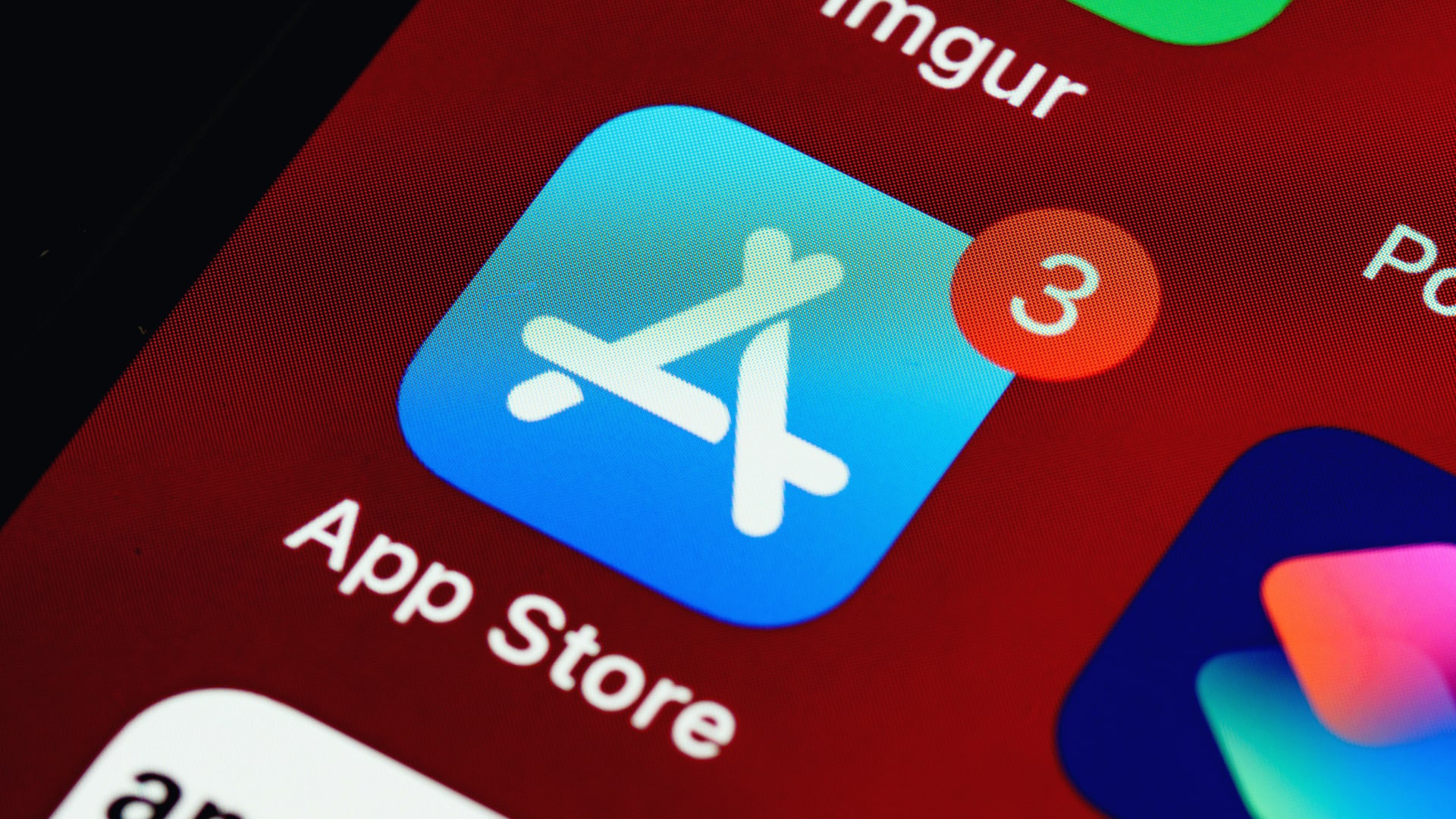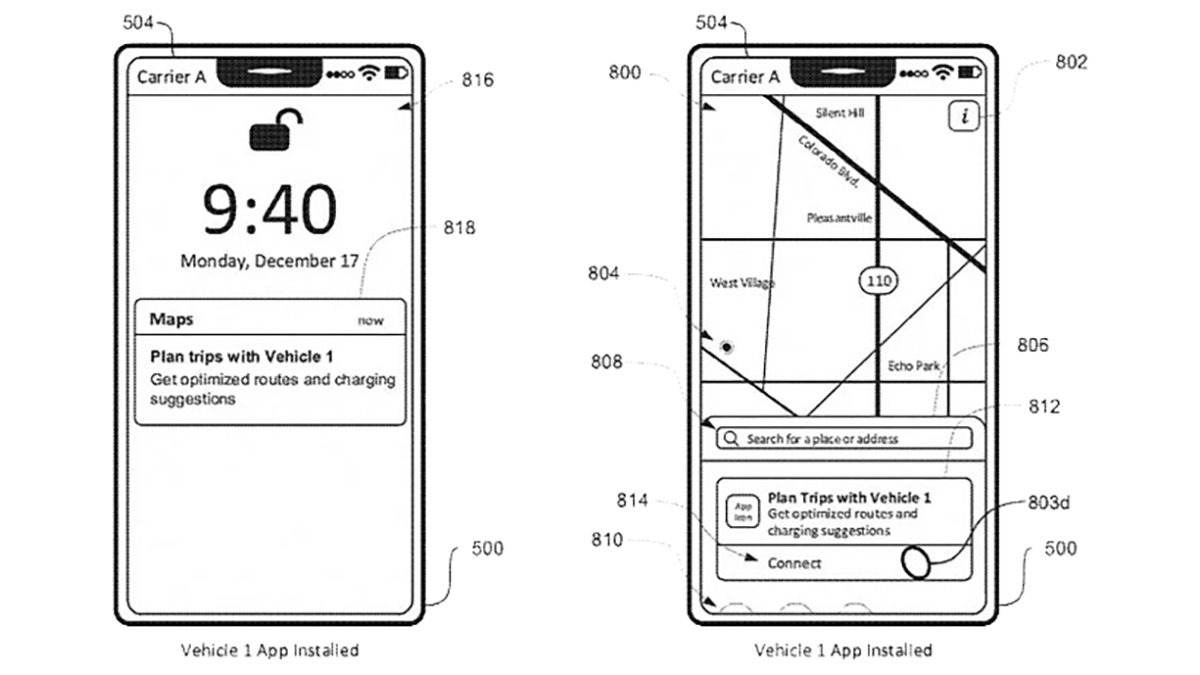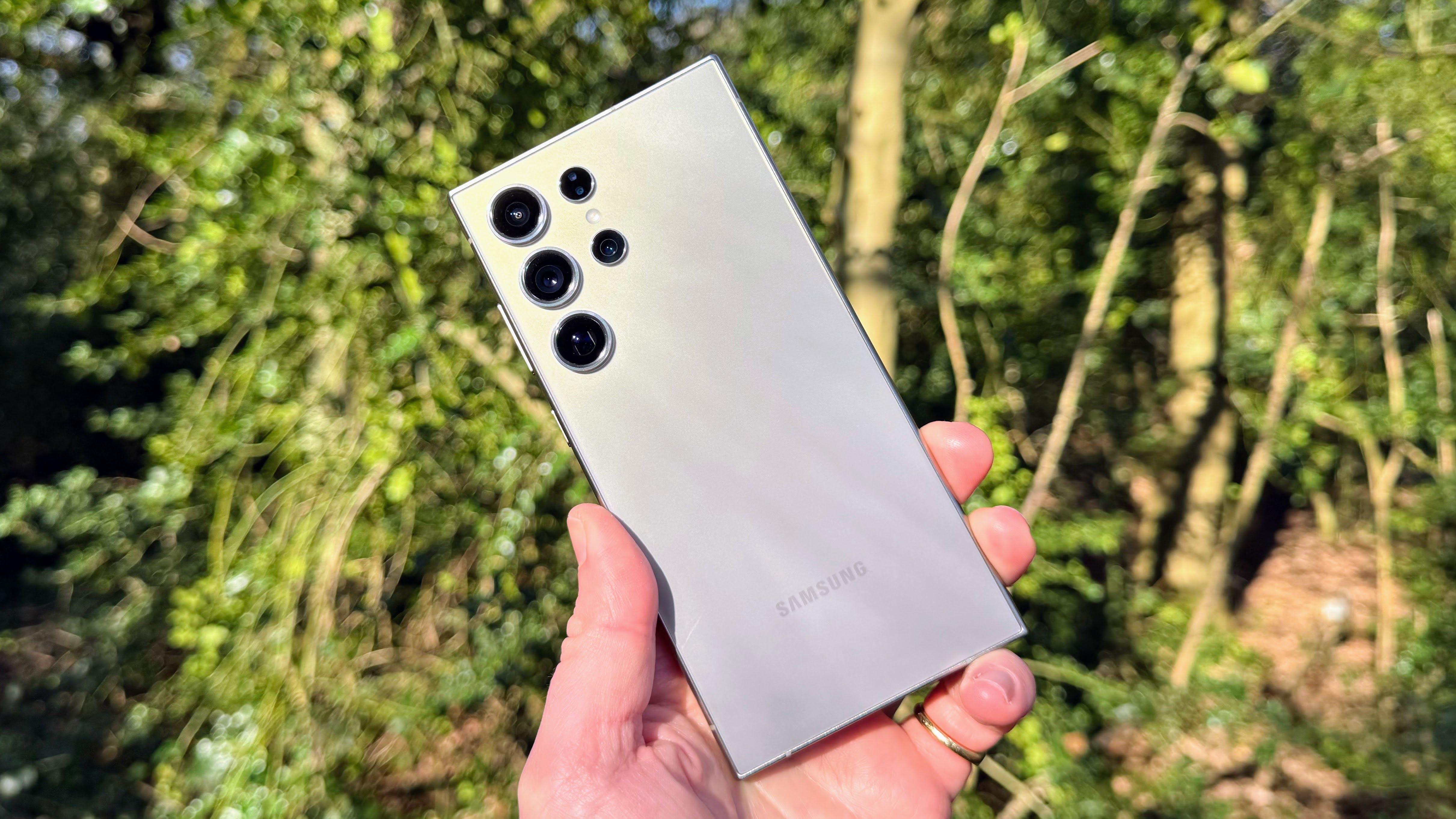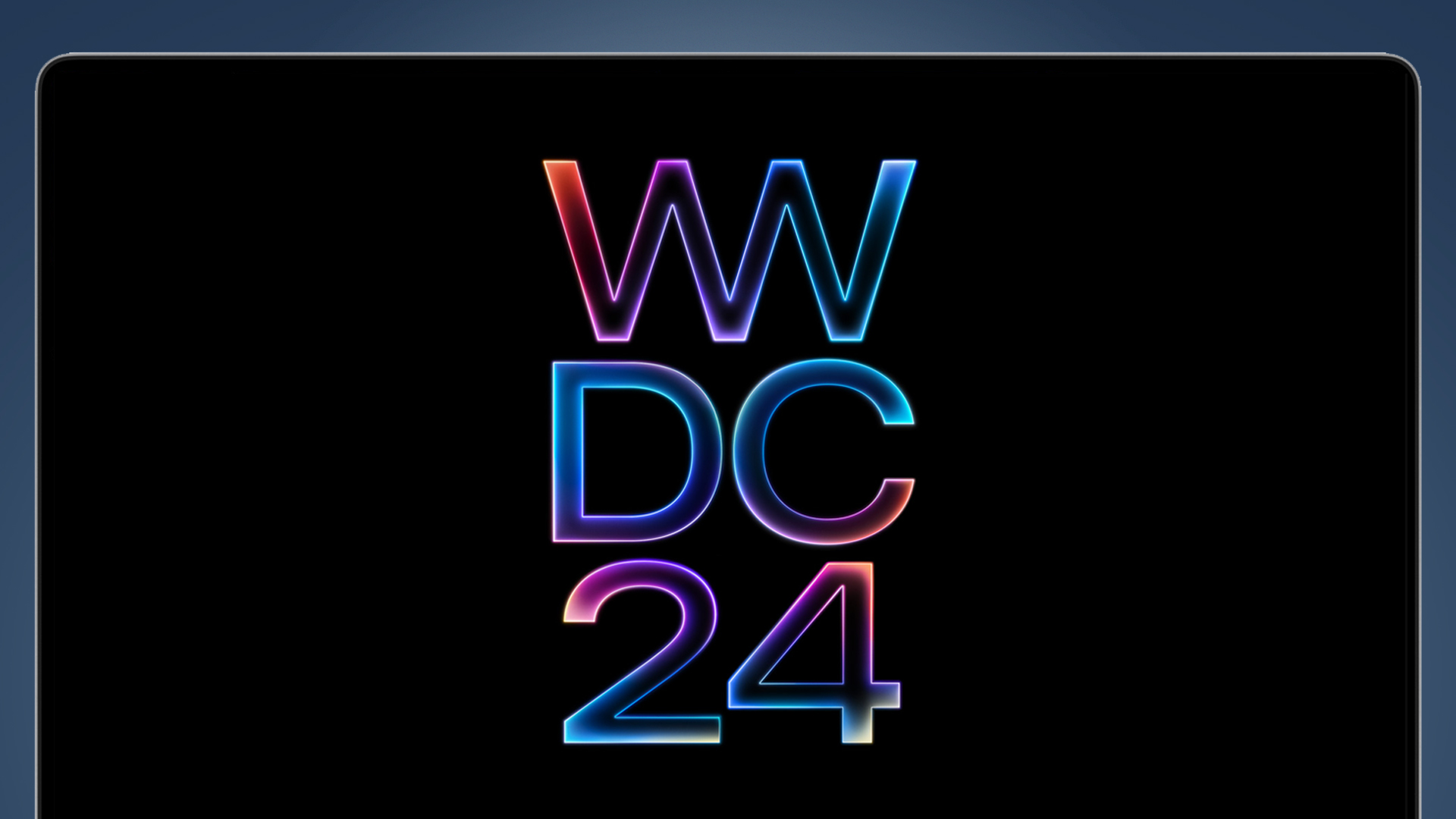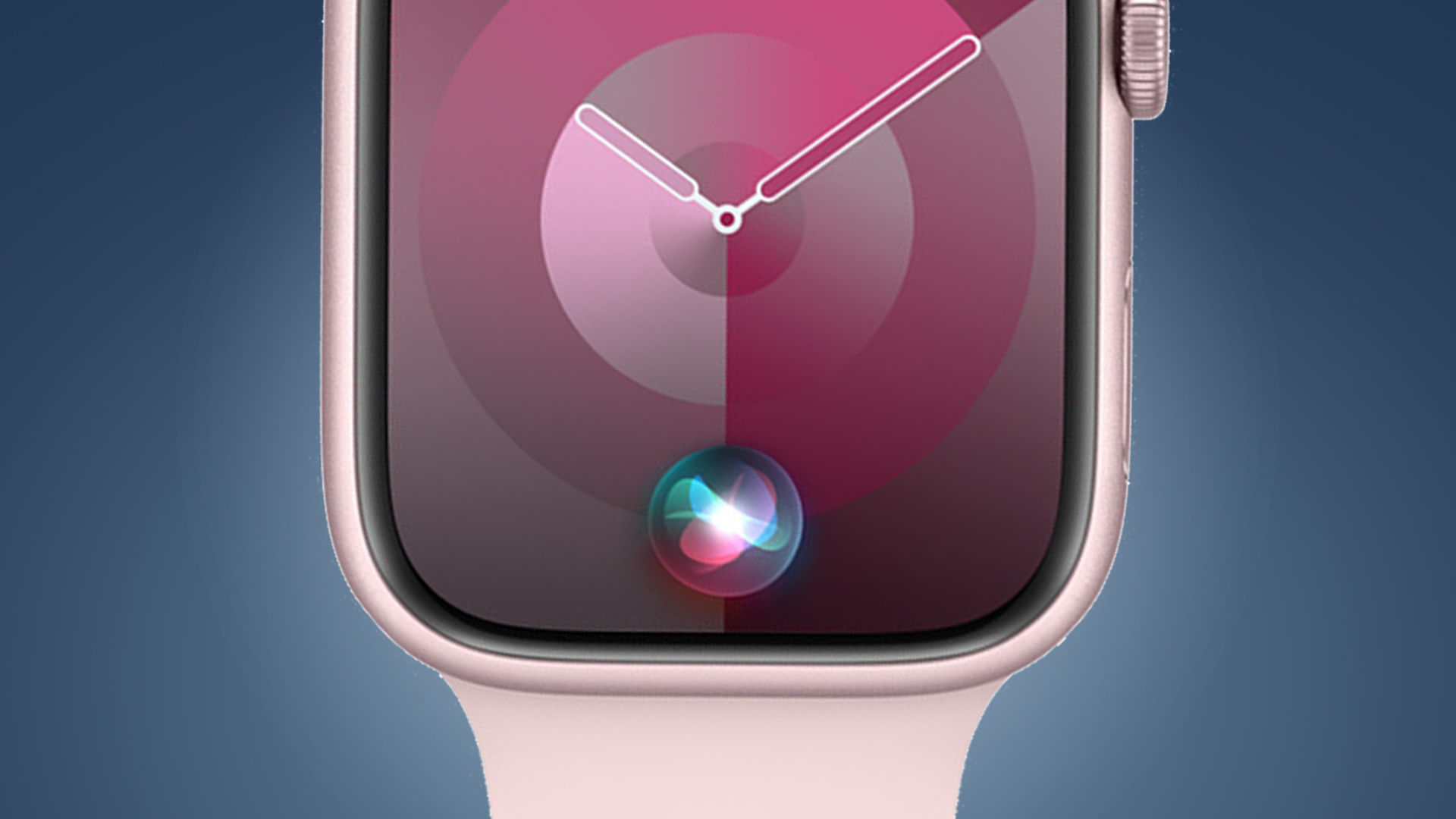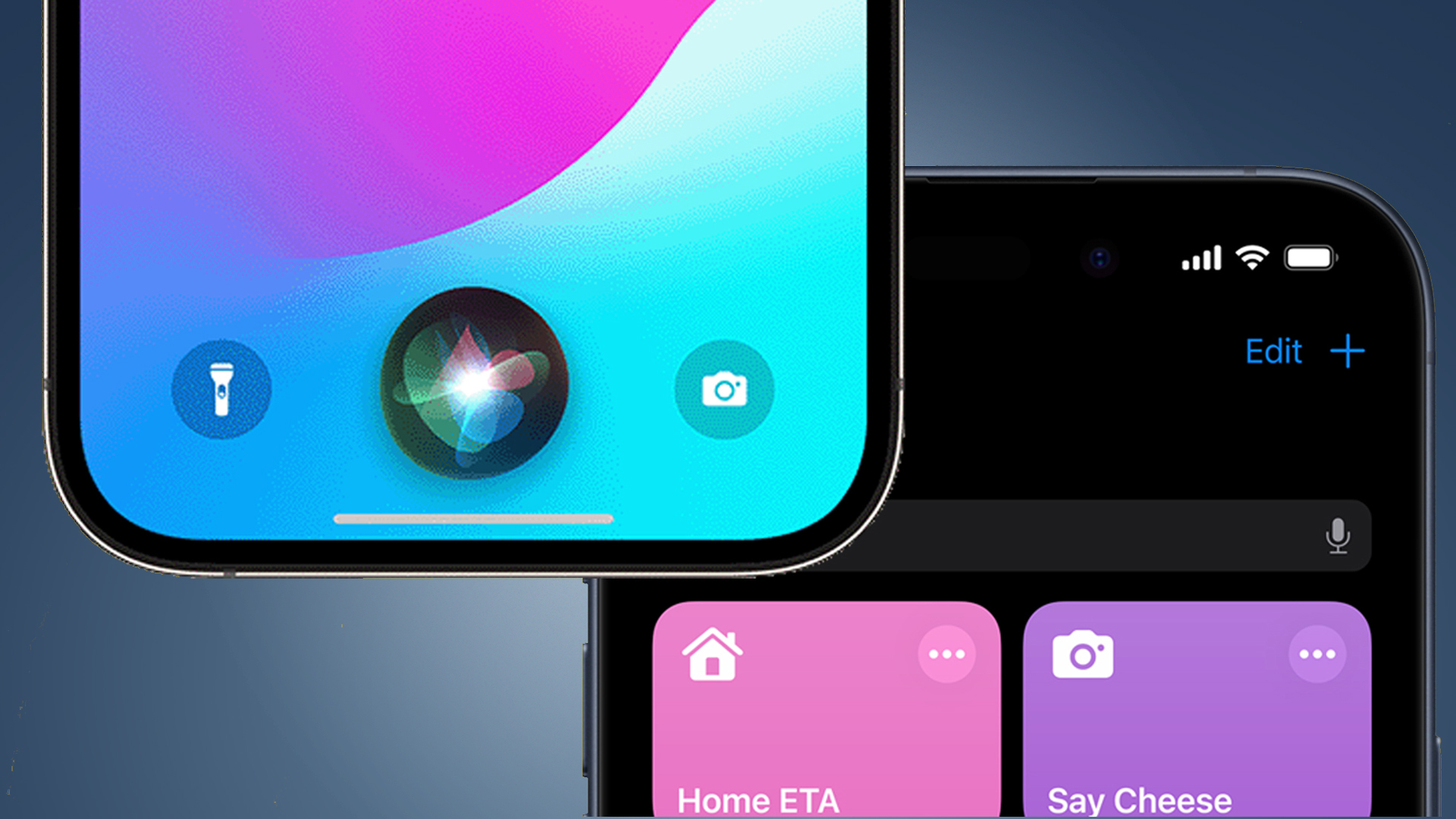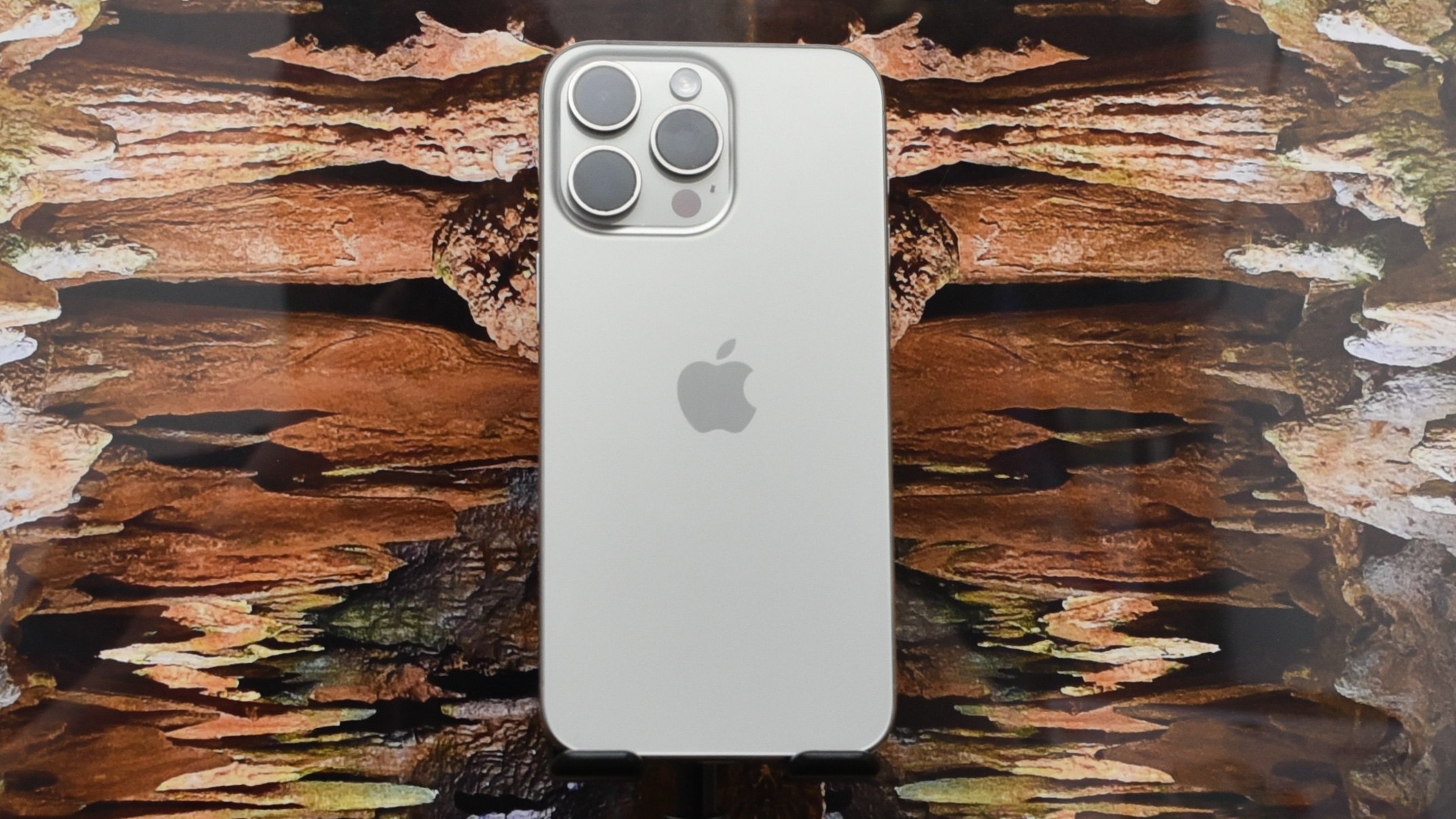Apple is very likely to lean on generative AI features for the much-rumored iPhone 16. Like it or not, the Cupertino crew will need to adopt this new generation of artificial intelligence tech to not cede ground to the Samsung Galaxy S24 series and Google Pixel 8 line-up, both of which come with generative AI tools baked in.
But Apple doesn’t simply ape the tech of others. While it may be slow at adopting the features of others, think 120Hz displays and USB-C, it tends to offer better implementation; though one might argue Apple didn’t do enough with the move to USB-C on its iPhone 15 models.
So that has me thinking of how Apple could use generative AI to stand out from the rest of our picks for the best phones. Some of the below may be wishful thinking and wild speculation but other bits are born out of educated hypotheses.
Generative AI built into Siri
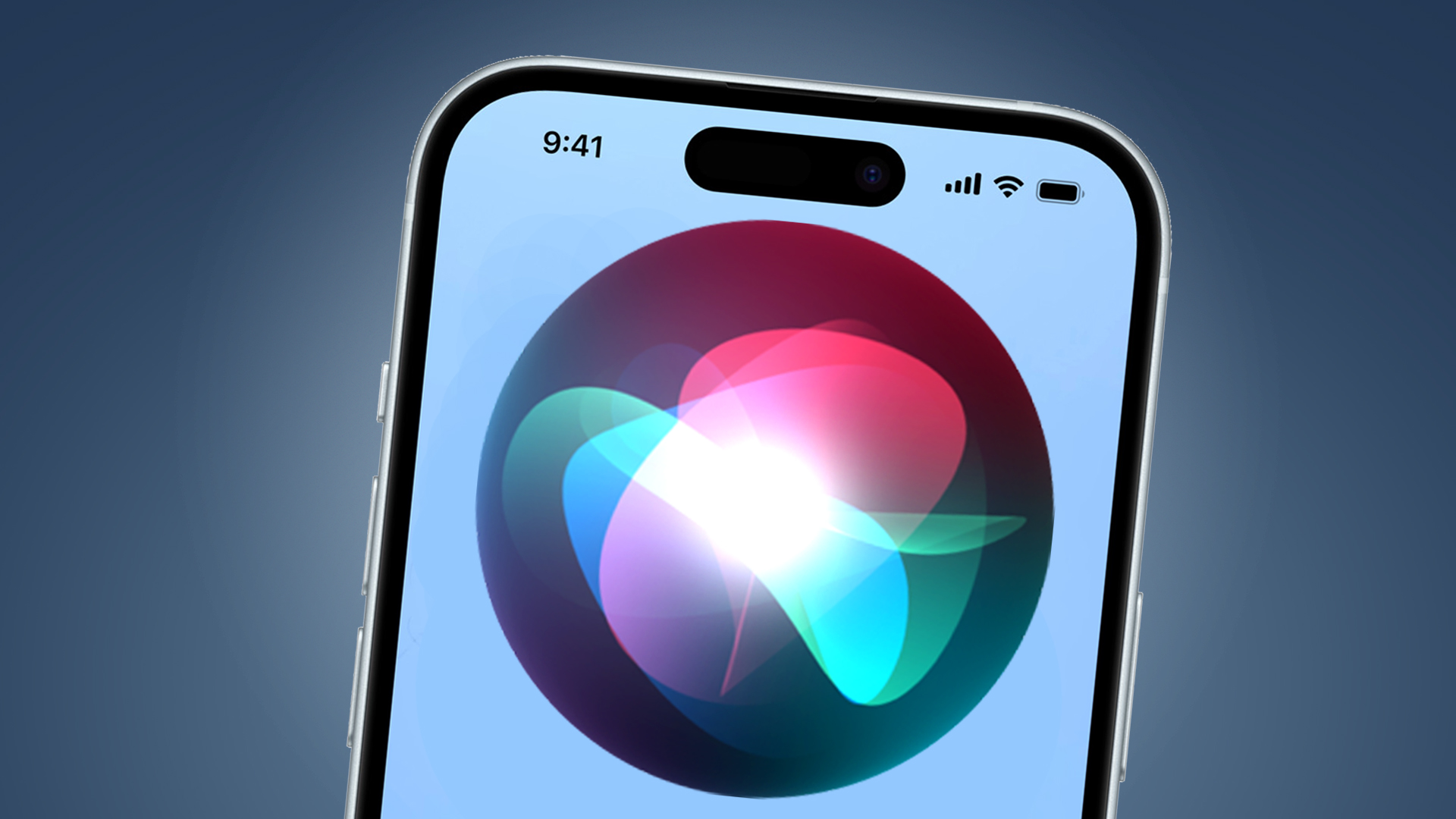
I’ve never been a big Siri user, preferring smarter and more capable virtual assistants like Google Assistant and Amazon Alexa. But Siri has been getting smarter and I feel there’s an opportunity to give the assistant a shot of smarts by injecting it with generative AI.
With phones like the Pixel 8 Pro and Galaxy S24 Ultra, generative AI is implemented into select apps or exists as a dedicated tool - think Circle to Search or the Magic Editor. But you can’t ask the likes of Bixby or the Google Assistant to edit a photo for you or provide natural language descriptions of what’s happening on screen; at least not yet.
But if Apple could bake generative AI models into Siri, we could have an assistant who could answer such queries as “come up with a plan for my day based on my emails” or “draw me a picture of a dog on the moon”, or more likely “edit this photo for me”.
Doing that not only makes using such AI features feel seamless, it could also go some way to demystify the use of generative AI for non-tech-savvy users. And knowing how Apple presents and markets such tech, I could see such a move proving very popular.
Smart video editing

Magic Editor on the Pixel 8 and Generative Edit on the Galaxy S24 phones are two powerful, if not perfect, generative AI tools. They let you recompile a photo without needing Photoshop knowledge. But arguably people are so skilled with mobile photography and built-in editing tools that such a feature could be mildly redundant.
So Apple could blaze a path by using generative AI with videos. Imagine smartly generating clips from a video either by using an AI-powered editor or simply asking Siri to create a reel out of video footage; such a feature could be massively useful for content creators.
Since iPhones tend to lead the way for videos in the smartphone arena, I can absolutely see Apple using generative AI to keep its lead and continue to be the video champion of our best camera phones list.
Supercharged translation tools

AI-powered language translation isn’t new, but generative AI has helped deliver better and real-time translations via phones like the Pixel 8. Apple lags behind here somewhat, so it would make sense to embrace AI live transactions at a granular level, with the ability to translate verbal conversations.
But it could go further, say, with Siri automatically detecting different languages and serving up responses. Or perhaps AI tech could smartly switch the language of a phone to that of a native speaker when showing someone an email or block of text.
Clever call screening
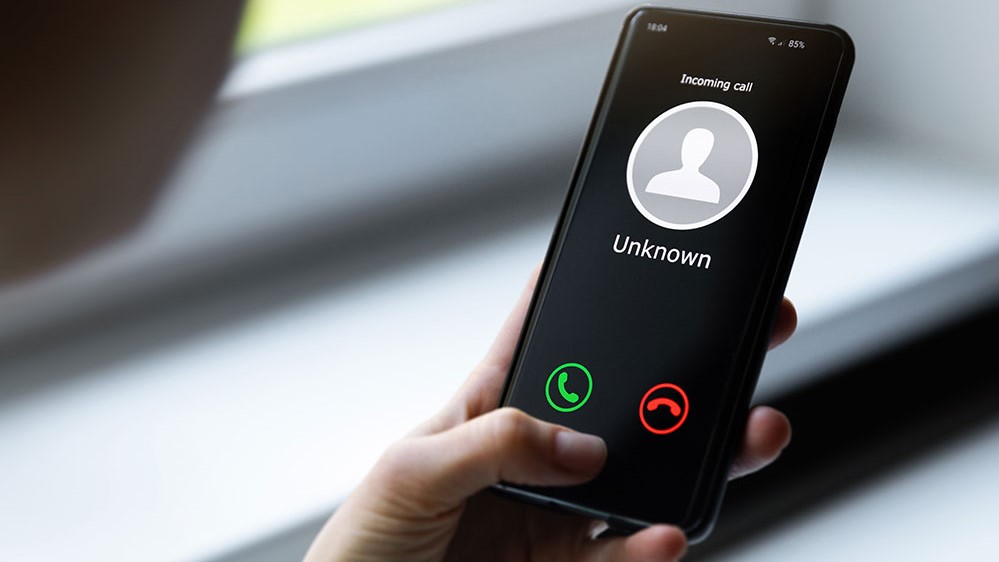
Call screening with generative AI-powered responses is something some of the best Android phones can offer. So it’s about time Apple did the same.
I adore using my iPhone 15 Pro Max, but as some spam calls make it through, I’d appreciate a smart call-screening feature that could serve up polite but direct responses without my intervention.
Supercharged Maps

Apple Maps is no longer the dud it used to be when compared to Google Maps, but I’d still like it to have smarter features.
In this case, I’d like generative AI built in so I could pose natural language queries to the app and get back recommendations and guidance based on what I want to see, where I am, the time I have to spend, and my budget. Such tools could even see me drop my use of Google Maps, something I’d never normally entertain.

